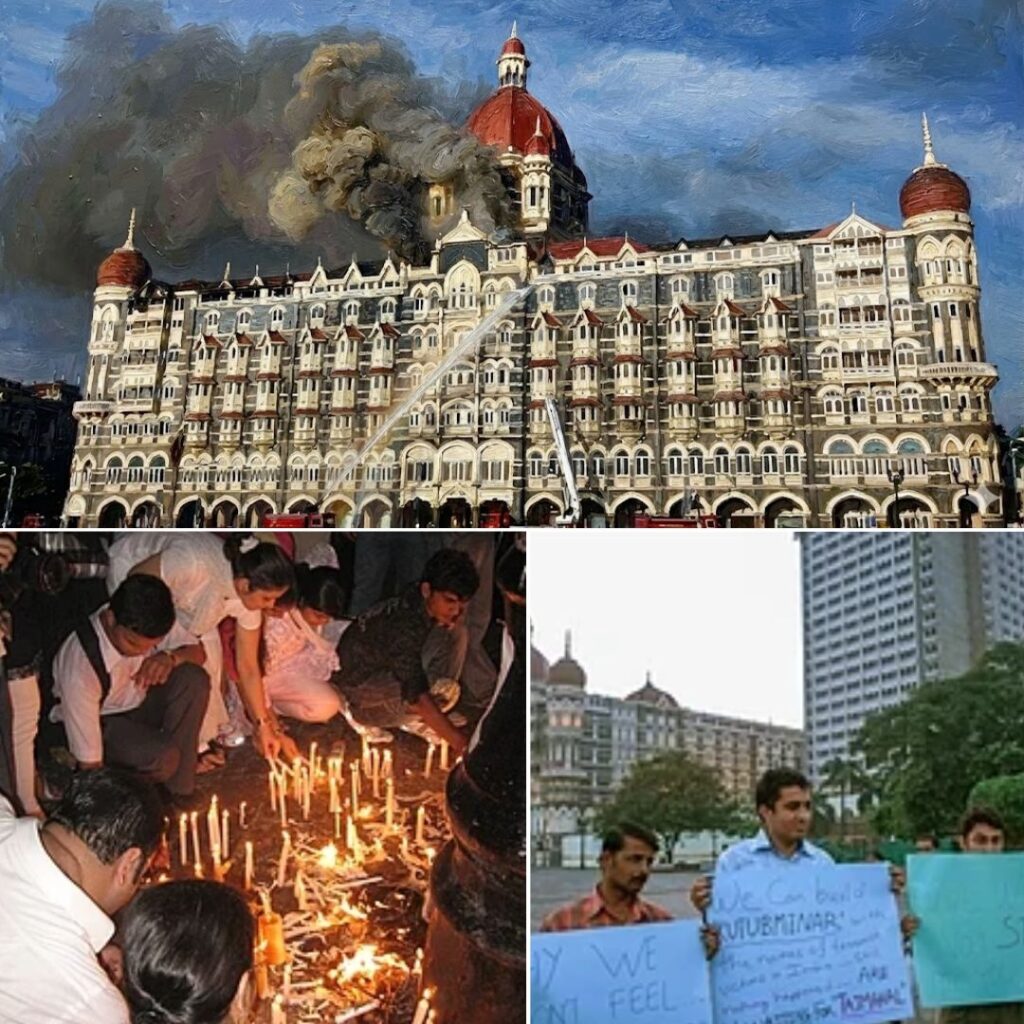Image Source: thetibetpost
Dorjee Tsering, a 16-year-old Tibetan student in Mussoorie, burned himself to extend support to the cause of freedom for Tibet. Tsering self-immolated himself yesterday, around 8: 30 in the morning in the Lakhanwala Tibet settlement outside the old age home he was visiting to meet his grandfather. His body sustained 95% burns, and he was taken to Safdarjung Hospital, New Delhi, where he succumbed to his wounds and died. According to witnesses, he set himself on fire screaming free Tibet slogans.
The news comes as a shock as well as an eye-opener.
Let us try to understand the situation in Tibet and the causes that led up to it.
Current political status:
The Tibet Autonomous Region(TAR) refers to the province-level region of Tibet within the People’s Republic of China(PRC). The region geographically includes half of the ethno-cultural Tibet. Within China, the TAR is vested with some autonomy. The region is governed by a People’s Government, led by a Chairman, who is subordinate to the branch secretary of the Communist Party of China, the ruling party. The Constitution declares China as a democracy under control of the Communist Party. Essentially a communist state, China does allow some capitalism. Tibet too, eventually falls under the control of the Communist Party.
History of Tibet:
The history of Tibet has been a cause of conflict among opponents. Those currently favouring the Tibet independence movement claim Tibet was originally an independent state following the fall of the Mongol Empire, until it’s incorporation into the PRC in 1951. Even during the nominal subjugations by dynasties like the Qing, Tibet was a self-governing state in this period.
The other end of the spectrum holds the opinion that Tibet has been under Chinese rule since the seventh century, held by matrimonial ties amongst ruling dynasties. Also, after the 13th century, all Chinese dynasties have exercised sovereignty over Tibet.
1950:
Following several failed attempts at political dialogue and persuasion attempting to incorporate Tibet into the PRC officially, the People’s Liberal Army, under command of the Communist Party militarily seized Tibet. Capturing the Tibet army in Chamdo, China pressurised the Tibetan representatives to sign over the sovereignty of Tibet to China.
1951:
A seventeen-point agreement was signed between the representatives of Tibet and China, with both parties agreeing to the political set up which currently exists. This led to the incorporation of Tibet into China, and the establishment of the TAR.
The Tibetan independence movement:
The movement aims for the political separation of Tibet from the PRC. Led majorly by Tibetan monks and diaspora settled in countries like India, the United States and parts of Europe, the movement is an attempt to free Tibet of what is considered Chinese rule, and to establish independence. There is some ambiguity on the Dalai Lama’s stand in the movement. He has proposed a higher degree of autonomy for the TAR, and regions surrounding it, while not clearly stating a demand for independence. Some followers of the movement too, support his take over complete independence.
The demand for independence or autonomy is based upon claims of the lack of adequate human rights and of a historically independent state. The Chinese government, though denies mistreatment, and claims progress on the human rights front.
Tibet has been a region of intermittent political disharmony. Two major protests mark the course of the Tibetan independence movement. The first occurred in 1959 and the second, in 2008.
The 2008 unrest:
The unrest started unsuspiciously, as Tibetans observing the annual Tibetan Uprising Day. Against the backdrop of the independence demands, the situation soon accelerated to street protests and series of riots and demonstrations. Roads were blocked, shops and homes were burned and looted. Soon, the Tibetan crowd resorted to violence and killings, directed towards to Han and Hui civilians. Later that year, talks were conducted between the Dalai Lama and the PRC Government, wherein the Dalai Lama denied any participation in inciting the crowd and placed the blame on the mistreatment of Tibet.
Self-immolation:
Self-immolation, by setting oneself on fire has been a mode of protest against the atrocities Tibet reportedly faces. Used as a mode of protest, the drastic step has been employed by several monks and nuns over the past 6 years. Like Tsering, the protesters do so in the name of Tibetan freedom and independence from China, between 2009 and the present, more than 140 self-immolations have been conducted for the cause.
Human rights in Tibet:
Aside from the claims of an erstwhile free nation, the issue that has drawn sympathy and support for the Tibetan independence movement world-over is the lack of human rights and mistreatment of Tibetans by the Communist Party. As per the reports by the UN and independent reporters, judicial standards in Tibet fall short. Of several modes of human rights abuse, the most rampantly reported incidents include:
-Taking in prisoners of conscience, that is, arresting, detaining and trying an individual based on his/her political or religious views and ideologies.
-Maltreatment in custody with physical and mental torture
-Lack of freedom of the press: Press falls under the direct and absolute control of the Communist Party.
-Restrained freedom of religion
-Forced abortion, sterilisation, and even infanticide were conducted on Tibetans as a part of population control in the 1980’s.
We are deeply saddened by Dorjee Tsering’s death, and wish the family finds the strength to cope with their loss. Our condolences also reach out to those who have lost their loved ones in this turmoil, from both the sides. We hope that soon, the human rights condition will be appropriately addressed and that through constructive political dialog and cooperation, an amicable settlement will be reached.












